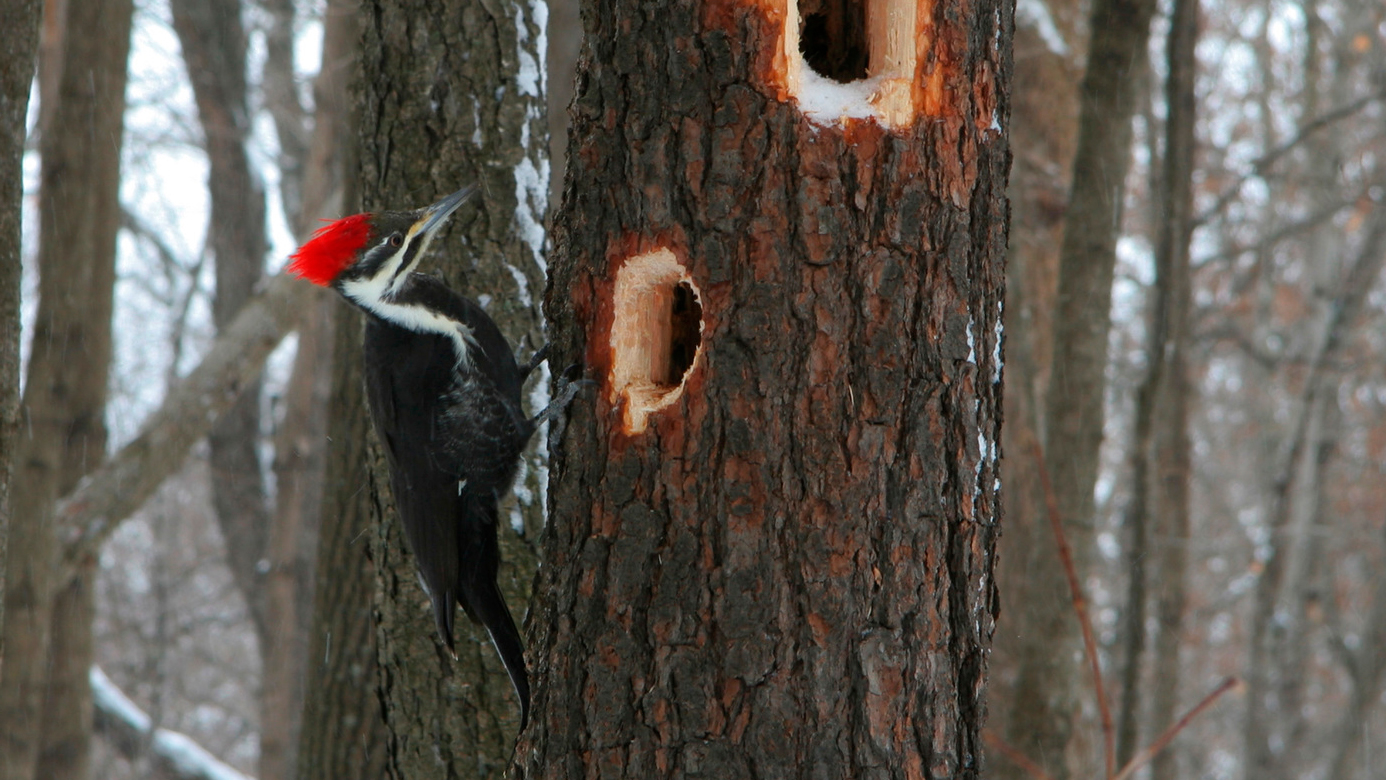Woodpeckers in Florida Population: Variety Review and Conservation
Woodpeckers in Florida Population: Variety Review and Conservation
Blog Article
Unveiling the Secrets of Woodpeckers: Habits, Environment, and Extra
Woodpeckers, with their unique actions and specialized adjustments, have actually long fascinated researchers and nature fanatics alike. By discovering the enigmas bordering woodpeckers' behavior and environment choices, a much deeper understanding of these bird wonders arises, providing a look into their interesting globe.
Woodpecker Actions Insights
In taking a look at woodpecker behavior, a fascinating screen of specialized abilities and adaptations emerges, clarifying their exceptional ecological particular niche - Woodpeckers in Florida. Woodpeckers, recognized for their unique drumming on trees, possess a range of behavioral characteristics that add to their survival and success in their environment. One vital actions is their drumming, which serves multiple objectives such as communication, establishing region, attracting friends, and finding food sources. This rhythmic pecking likewise showcases their remarkable toughness and endurance, as they can hammer away constantly at high rates without creating injury to themselves.
Moreover, woodpeckers exhibit a special feeding habits characterized by their ability to extract pests from tree bark using their specialized beaks. Their long, barbed tongues help in capturing prey, while their strong neck muscles supply security and precision during pecking movements. This feeding strategy permits woodpeckers to gain access to surprise insect larvae and remove them with impressive effectiveness.
Habitat Preferences and Option
What aspects influence the habitat preferences and choice of woodpeckers? One vital variable affecting woodpecker habitat option is the accessibility of suitable nesting websites. Woodpeckers generally favor forests with a mix of fully grown trees that supply adequate opportunities for cavity excavation.
In addition, woodpeckers show a preference for environments with a plentiful supply of food resources. They are primarily insectivorous, preying on beetles, ants, larvae, and various other insects found in rotting wood or tree bark. Woodpeckers often tend to prefer wooded locations with a varied insect population to meet their dietary demands.
Additionally, the presence of dead or rotting trees is one more vital element in woodpecker habitat selection. These trees not just supply food sources but additionally provide suitable substrate for dental caries excavation. Dead trees are necessary for the maintenance of healthy woodpecker populations, as they play a vital function in the woodpeckers' life cycle and ecological community dynamics.
Feeding Habits and Diet Structure
Woodpeckers demonstrate a specialized feeding actions concentrated on foraging for bugs within numerous environments. In addition to pests, woodpeckers likewise eat tree sap, fruits, nuts, and seeds, adding variety to their diet regimen depending on the season and accessibility of food resources.
The foraging strategies of woodpeckers are well-adapted to their arboreal way of life (Woodpeckers in Florida). Their capability to dig deep into wood not only provides them with food but additionally aids in producing nesting dental caries and anonymous developing regions. Woodpeckers play a critical duty in maintaining the wellness of woodlands by managing insect populations and helping in the our website disintegration of wood. Comprehending their feeding practices and diet regimen make-up is vital for preservation efforts focused on protecting these unique and important birds.
Drumming Seems and Communication
Using fast drumming audios on different surface areas, woodpeckers employ a distinct type of interaction to indicate area borders and bring in friends. This drumming actions is not only a means of interaction but likewise acts as a method for woodpeckers to establish their existence within a specific location. The intensity, rate, and pattern of the drumming can share important information to other woodpeckers around.
Woodpeckers utilize drumming audios to announce their presence in an area and to advise off possible trespassers. The loud and recurring nature of the drumming works as a clear signal to various other woodpeckers that the location is currently claimed. This assists in lowering conflicts and decreasing physical battles in between individuals.

Survival Adaptations and Specialized Anatomy

Final Thought
Finally, woodpeckers show special habits, such as drumming audios for communication, and have actually specialized makeup for survival in their selected environments. Their feeding routines and diet plan structure even more demonstrate their flexibility to various settings. By comprehending these facets of woodpeckers, researchers and guardians can much better protect and protect these fascinating birds and their ecological communities.
Report this page